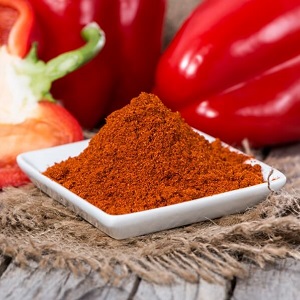- No. 268 Xianghe Street, Economic Development Zone of Xingtai city, Hebei 054001 China
- Byron@hbhongri.cn
making paprika
Making Paprika A Flavorful Journey Through Spice
Paprika, a vibrant red spice, is much more than a simple seasoning; it’s a blend of culinary history, geographical variations, and a rich tapestry of flavors that can elevate dishes to gourmet status. Derived from dried and ground capsicum peppers, paprika is a staple in multiple cuisines, particularly Hungarian, Spanish, and even in various forms across other cultures. This article will guide you through the fascinating journey of making paprika from scratch, highlighting its significance and diverse uses in cooking.
The Origins of Paprika
Paprika has its roots in Central America, where the capsicum pepper was first cultivated. When Spanish explorers encountered it, they introduced it to Europe, where it found a particularly warm welcome in Hungary. The unique climate and soil conditions of Hungary proved ideal for growing peppers, leading to the development of distinctive varieties that create what we know as Hungarian paprika today. This spice comes in various forms – sweet, hot, and smoked – each offering unique flavors and applications in the kitchen.
Selecting the Right Peppers
To make paprika, the journey begins with choosing the right type of peppers. The most common varieties include bell peppers, chili peppers, or specialty varieties like Pimiento de la Vera from Spain, which is renowned for its smoky flavor. When choosing peppers, look for vibrant, well-ripened specimens. The sweetness and heat level will depend on the variety selected. If you prefer a mild paprika, opt for sweeter peppers; for more heat, choose varieties like cayenne.
The Drying Process
making paprika

Once you have selected your peppers, the next step is to dry them. This process can be performed in several ways air drying, oven drying, or using a dehydrator. Air drying is the most traditional method, where peppers are hung in a warm, dry environment, allowing them to dehydrate naturally while developing complex flavors. If you opt for oven drying, set the temperature low (around 140°F or 60°C) and slice the peppers in half to expose their insides. This method typically takes several hours and requires regular monitoring to prevent burning.
Grinding the Peppers
After the peppers have fully dried, it's time to grind them into a fine powder. This can be done using a spice grinder, mortar and pestle, or a high-speed blender. For a rough texture, pulse the dried peppers until the desired consistency is achieved. Paprika can be stored in airtight containers in a cool, dark place to maintain its color and flavor for several months.
Culinary Uses of Paprika
Paprika is versatile and can be used in a multitude of dishes. In Hungarian cuisine, it’s a key ingredient in goulash, where it lends color and depth of flavor. Spanish cuisine showcases paprika in dishes like paella, where it enhances the taste profile with its smokiness. Additionally, it can be sprinkled on deviled eggs, incorporated into sauces, or used to season roasted vegetables for a burst of color and flavor. Beyond cooking, paprika can also serve as a garnish to enhance the presentation of various dishes.
Conclusion
Making paprika from scratch is a rewarding endeavor that allows you to explore the essence of this spice. From choosing the right peppers to the careful process of drying and grinding, each step contributes to the final product’s unique character. Embracing paprika in your kitchen not only enriches your dishes but also connects you to a world of culinary tradition. As you create your own paprika, remember that you are participating in a time-honored practice that transcends cultures and generations, adding depth and vibrancy to culinary creations around the world.







